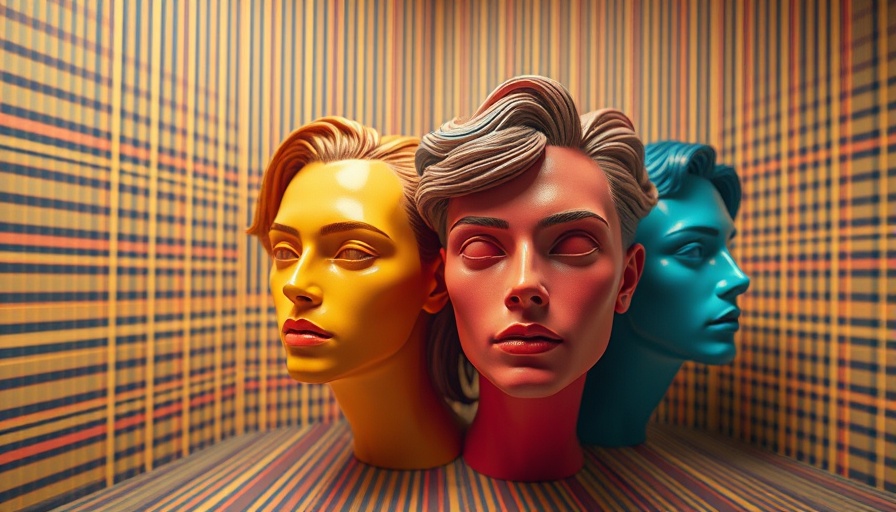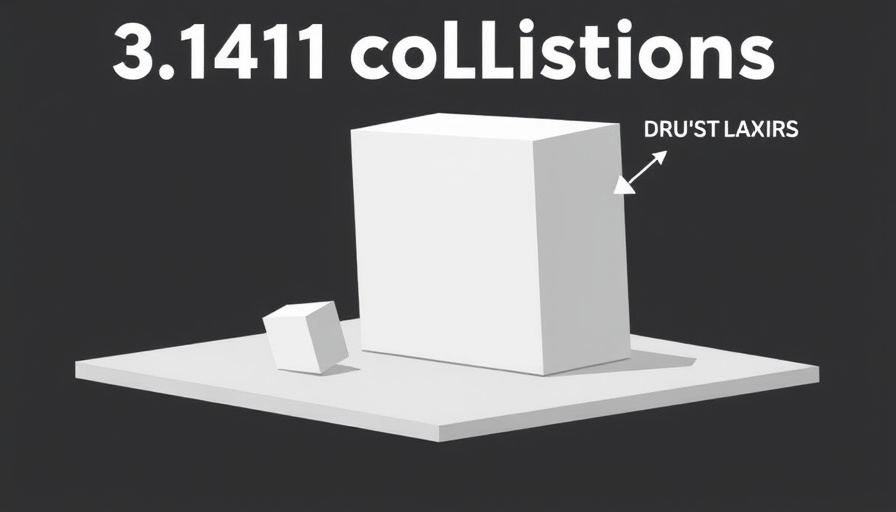
Understanding the Bezold Effect: A Color Perception Phenomenon
The Bezold Effect is a fascinating illustration of how our perception of color can be altered by surrounding hues, leading to unexpected emotional and psychological responses. Imagine selecting a paint color for your living room only to find it looks entirely different when paired with your furniture or artwork. This phenomenon exemplifies the idea that our eyes are not merely receptors of light; they are interpreters of context.
In 'The Bezold Effect,' the discussion dives into the psychology of color perception, exploring key insights that sparked deeper analysis on our end.
A Brief History of the Bezold Effect
Named after German scientist Wilhelm von Bezold, who first described the effect, it highlights that color does not exist in a vacuum. The Bezold Effect comes into play when an observer’s perception of a single color can change based on how it is contrasted with other colors. For instance, a color may appear lighter or darker depending on its surroundings, offering a compelling study on the psychology of color and its implications in design.
Why the Bezold Effect Matters for DIY Creators
For DIY enthusiasts and creators, understanding the Bezold Effect can elevate everyday projects, especially those in home décor and branding. Whether you’re creating a wall mural or choosing colors for a logo, leveraging this knowledge allows you to manipulate perception effectively. This can result in a space that feels more inviting and vibrant or a brand that resonates strongly with its audience.
Real-World Applications of the Bezold Effect
The implications of the Bezold Effect extend far beyond personal projects. In marketing, the choice of colors can dramatically influence consumer behavior. Brands like Coca-Cola and McDonald's have maximized emotional responses through color combinations, often using red and yellow to invoke excitement and hunger, respectively. Recognizing the Bezold Effect can help marketers create more effective advertisements, tailoring their color palettes to resonate with their target demographics.
Future Trends & Insights in Color Utilization
As technology advances and tools for color analysis become more sophisticated, we can expect emerging trends in how color is utilized across various industries. With AI and machine learning enabling more personalized experiences, understanding human perception of color will become even more critical for designers and marketers. Imagine using AI-powered applications that suggest color palettes optimized for specific emotional responses! This could transforme how creators approach design, leading to innovative solutions that engage audiences on a deeper level.
Actionable Insights for Consumers and Creators
Equipped with the knowledge of the Bezold Effect, consumers can make more informed decisions when selecting colors for projects. Here are a few actionable tips: 1) Always test paint colors in the environment where they will be used, as lighting changes can influence color perception. 2) When branding, consider how different colors may work together to evoke emotions in your audience. 3) Explore AI tools that help visualize how colors will interact in your designs before committing to a specific palette.
The Bottom Line: Empowering Your Creative Journey
The Bezold Effect serves as a reminder that color is not just about aesthetics; it's about creating experiences and evoking feelings. By understanding this phenomenon's power, DIY creators and consumers alike can shape their projects in ways that resonate on emotional levels, elevating both personal and professional endeavors. Harnessing this knowledge can truly empower your creative journey, leading to engaging, vibrant outcomes.
If you’re inspired to explore the Bezold Effect further, consider incorporating its principles into your next project. For those interested in how AI tools can support your creative decisions, exploring recent technology trends might offer unexpected insights into your craft. Embrace the potential that innovation brings to your toolkit!
 Add Row
Add Row  Add
Add 




Write A Comment